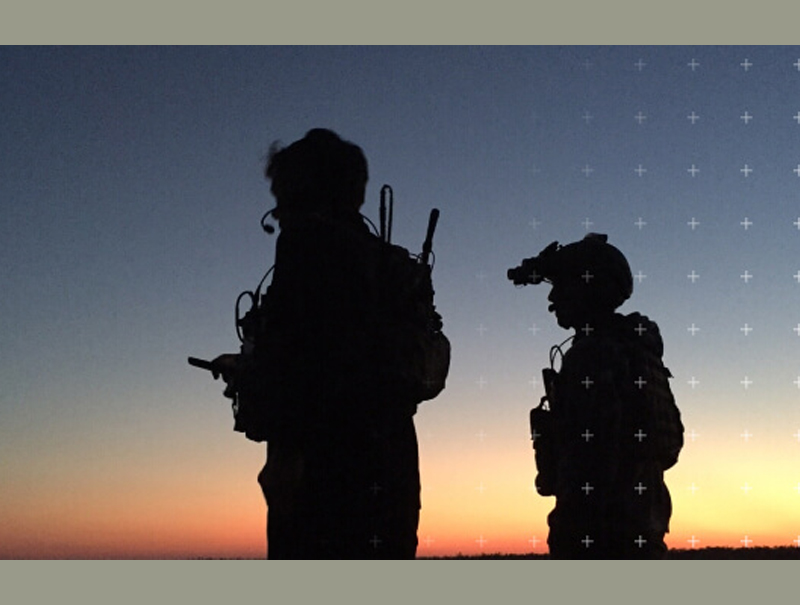Find Your Way Back with TAK

Set Location to Meet
The Bloodhound Tool provides support for tracking and intercepting a map item. It allows the user to select two points on the map and/or map objects and display range & bearing information between the chosen tracker and the target. If the user selects a map location instead of an object as the target, Bloodhound will place a waypoint marker there. The self marker will then track towards the waypoint. As the tracking object begins to navigate toward the target, the Estimated Time of Arrival (ETA) will update accordingly. The green line showing the direct path from the tracker to the target will flash when the user-defined ETA outer threshold is reached (default = 6, 3 & 1 minutes from target) and then flash red until the target is reached.
Your phone's GPS can also be used to track movements with the Track History tool. These tracked paths can be exported to a TAK server, to a route or to a KML, KMZ, GPX or CSV file. After a GPS position is established tracking can begin using your location data recorded as breadcrumbs in a new track file.
Coordinate with your Friends using Secure GeoChat
A user can configure enhanced security for all communications on a mesh network. An AES-256 encryption key is generated on one device and is then shared with the other devices that require encrypted communications. Once enabled, encrypted devices can securely communicate with one another and exchange SA, Chat, Data Packages, etc. Encrypted devices cannot communicate on the mesh network with non-encrypted devices and vice versa. This feature provides an additional level of security for advanced users.


Share Images & Video
The integrated Gallery Tool allows the user to view any media attachments. The marker attachments are shown on the right side of the screen where the user can add a caption to the image by opening the thumbnail in the gallery and tapping the line at the top of the image.
The Video Player tool supports playing video streams from IP cameras and allows the user to add, edit, delete, play or send videos to other network members. Options for the video player include: viewing video snapshots, adding a new video alias, downloading an alias from the TAK Server, selecting the Multi-Select Action option to either Export or Delete aliases or searching for a specific alias. A video alias can also be added to a sensor point from the icon pallet within the Point Dropper Tool. After the user adds the URL and FOV to the details window of the Sensor Point, the video can be viewed. This Sensor Point can be sent to other users when provided with the URL and FOV.
Learn more about TAK’s products used by outdoor enthusiasts

WinTAK-CIV
Windows OS Team Awareness Kit for Civilians

ATAK-CIV
Android Team Awareness Kit (ATAK-CIV)

iTAK
iTAK has a subset of ATAK capabilities designed for Apple iOS smart phone and tablet devices. These include maps and imagery, overlays, chat, video, and situational awareness. The user interface follows the Human Interface Guideline documentation provided by Apple. Users create, share and access tactical data such as points, pictures and video during operations or as part of pre-operational mission planning ensuring data is up to date whenever a network connection is available.
